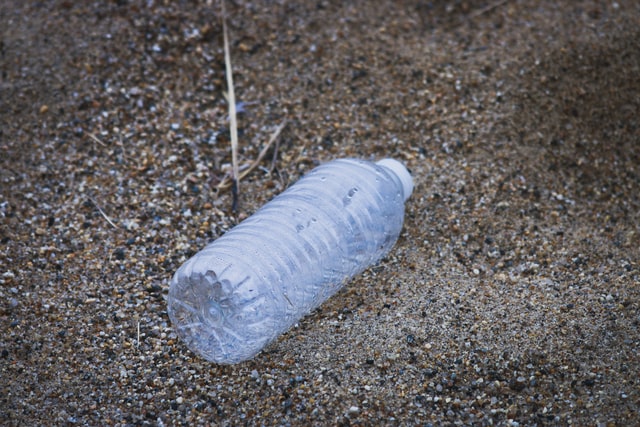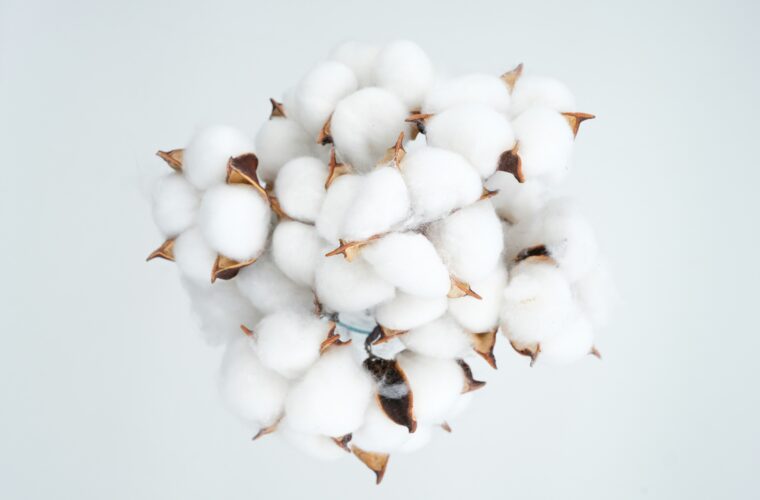Plastics have been a source of innovation-driven growth since the 1950s. Their unique properties have a promising future even today, as it is in high demand and central to modern-day living. Sadly, their use has become tainted by the unrelenting rise of plastic pollution. Irresponsible human behavior is largely to blame for this.
Each year, humanity produces about 300 million tons of plastic. Out of this, about 8 million tons end up as waste in our environment. These are the remains of car tires, water bottles, shopping bags, children’s toys, packing, cosmetics, and even fibers from synthetic clothing.
The danger posed by larger, floating pieces of plastic is apparent. Wildlife can get easily entangled in these items and drown or even choke to death. And the fragments of plastic that aren’t swallowed by animals end up battered by the elements until they become tiny particles called microplastics.
And while these particles may be small in size, they have a massive influence on natural ecosystems. So what exactly are microplastics, and how do they impact our world and humankind as a whole?

What are microplastics?
Microplastics are not a specific kind of plastic. They are, in fact, any type of plastic fragment that is less than five millimeters in length. Due to their small size, they are hard to detect and can enter natural ecosystems from a variety of sources. These often include cosmetics, clothing, or industrial processes.
There are currently two classifications: primary microplastics and secondary microplastics. Primary microplastics are any particles that are already five millimeters in size before entering the environment. They are purposefully manufactured and used in facial cleansers, cosmetics, clothing, and airblasting technology.
Secondary microplastics are created from the degradation of larger plastic products like water and soda bottles, fishing nets, and plastic bags. They enter the environment through the natural weathering process. The culmination of physical and biological degradation and exposure to sunlight can reduce the structural integrity of plastic debris to a size that is eventually undetectable to the naked eye. This process of breaking down large plastic material is known as fragmentation.
Plastics degrade slowly, often over hundreds or even thousands of years. This increases the probability of microplastics being ingested and incorporate into the bodies and tissues of many living organisms.

How do microplastics impact us?
Research on microplastics and their threats to ecosystems and humans is still at its beginning. It is also a very complex field, and scientists are yet to understand the cycle and movement of microplastics in the environment. Furthermore, experts are still trying to fully analyze to what degree microplastics harm living organisms. One thing that they agree on is that the concertation of microplastics is huge, but the incredibly small size of particles is very difficult to detect.
There is a consensus that microplastics can enter the body tissues of aquatic animals and humans alike. Since humans get a great deal of their food from water, plastic became an inescapable part of our own food chain. In 2017, Orb conducted a world study on tap water and revealed that 83% of the samples contained microplastics.
Besides the harmful impact it has on our environment and planet, microplastics can alter oxygen levels in body cells and cause a physical gut blockage. Moreover, when these particles don’t kill animals outright, they reduce energy levels and their feeding or mating behaviors. This leads to a dangerous population drop-offs in some areas. These particles can also absorb, concentrate, and carry other chemicals in the environment. They are known as PBT or persistent, bio-accumulative, and toxic chemicals. Chemicals like this can have a massive effect on cell and tissue function.
And while scientists are working hard to understand the influence and impact of microplastic waste, the question is no longer whether changes are needed. It’s how quickly technology can provide a valuable and sustainable solution.
Technological and scientific ways to deal with microplastics
Since the research on microplastics is still at its infancy stage, technological ways to deal with them are few.
One solution involves a biological catalyst or enzyme which has demonstrated an ability to greatly reduce the time required to break down plastic. It’s called PETase, after PET plastics. What it essentially does is eat plastic. Scientists found this enzyme by accident in Japan. Once its properties have become apparent, they refined its structure and have made it more effective at breaking down plastics than any other known catalyst in nature. However, there still isn’t a known way to deploy this molecule to fight plastic already present in nature. At the current stage, scientists are involved in applying and incorporating it into the recycling programs.
Other scientists are concentrating their efforts on designing and deploying physical structures to gather plastics from waterways near populated areas. Based on extensive research and computer modeling, scientists believe they could remove about 31% of microplastics from coastal areas by installing collection brooms near population centers. The focus on coastal areas is a priority due to its connection to marine life.
Another proposal for breaking down microplastics that is already in the environment comes from the Swedish Royal Institute of Technology. It involves something called nanocoating. When deployed on the surface of the plastic, nanocoating helps it degrade using nothing but natural or artificial sunlight. This process is called photocatalysis and uses zinc oxide nanorods. The more immediate application of this technology includes manufacturing plastics with this coating already applied to it to destroy any future microplastics.
Reducing and reusing plastic waste
Most technological advancements are still in the testing phase, so the best way to counter microplastic pollution is to reduce the production of new plastics altogether where possible. Incorporating plastic pollution into public debates is a must to raise social awareness of the problem. There are already several examples of a successful reduction of plastic waste or even reuse of discarded plastics in order to create other products. This is called upcycling and saves natural resources and reduces ocean plastic pollution.
Possibly the most established way of avoiding plastic waste is in the form of container deposit fees. In Sweden and Germany in particular, this has shown to be a highly effective way to reduce the amount of waste in the environment with return rates high as 90%. Deposit return strategies are considered more efficient because of the monetary incentive for recovery.
Collectively, all strategies help reduce the leakage of single-use plastics and subsequent formation of microplastics from their degradation. For now, their reduction remains the most efficient mitigation effort to reduce microplastics in the environment.



